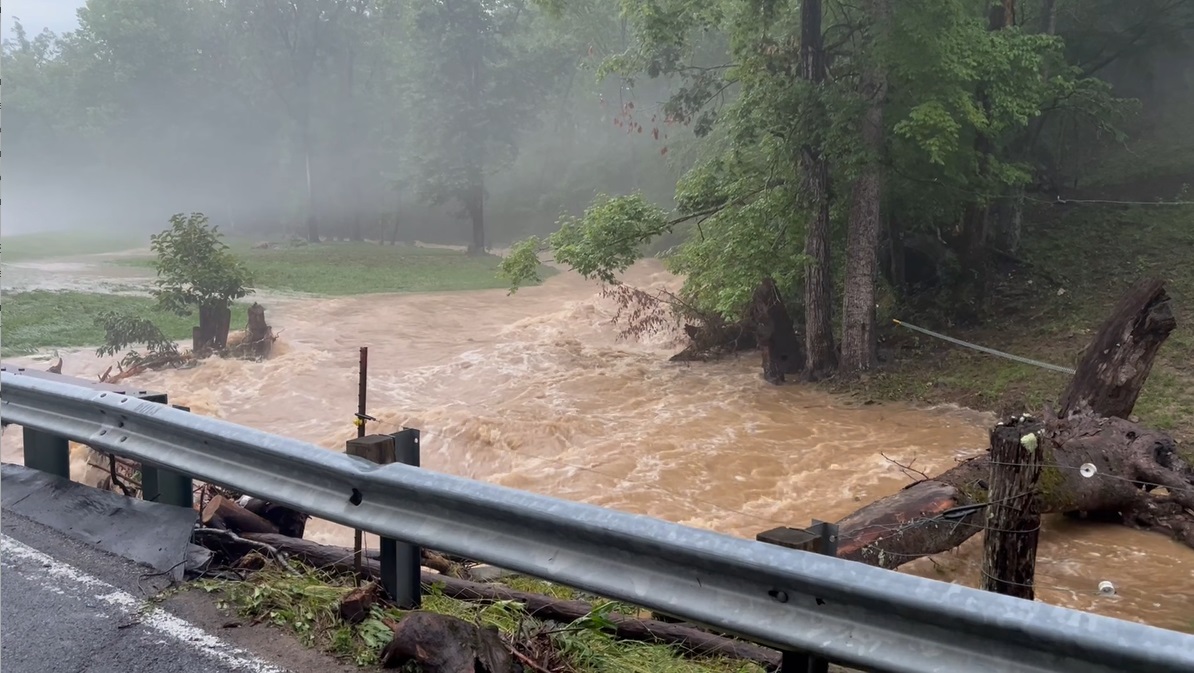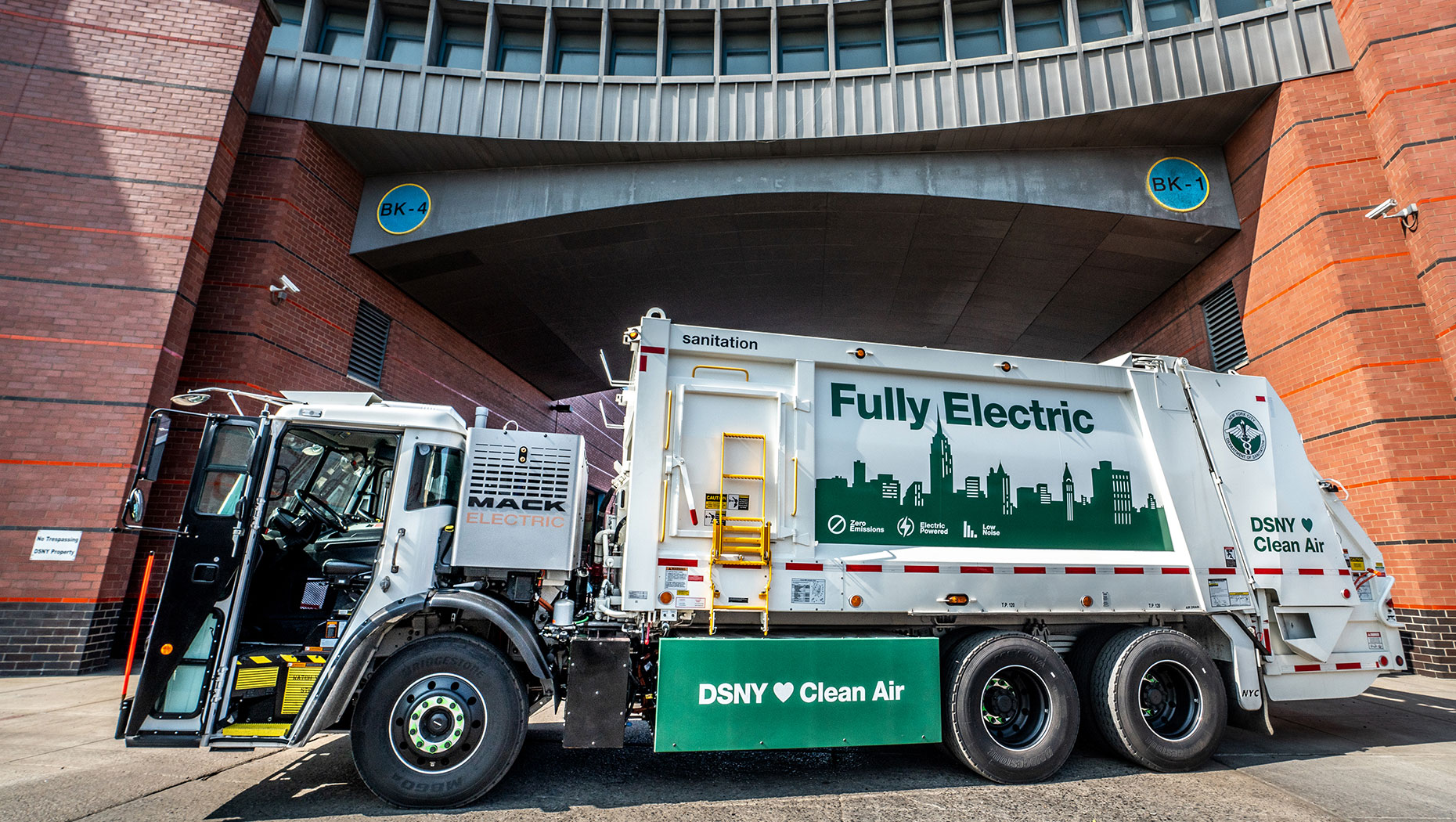Report on Hydropower Operations, Public Safety, and Sustainable Development Goals
Executive Summary
A public safety advisory has been issued by Appalachian Power concerning potential water level fluctuations in the New and Roanoke Rivers. This action is a direct response to anticipated high energy demand driven by a regional heatwave. The situation highlights the critical intersection of clean energy generation (SDG 7), climate adaptation (SDG 13), and the safeguarding of community well-being (SDG 3 and SDG 11).
Operational Context and Climate Factors
The National Weather Service (NWS) has forecasted a period of elevated temperatures, which is expected to increase electricity demand. Consequently, PJM, the regional transmission organization, has notified Appalachian Power of the potential need to increase output from its hydroelectric plants to ensure the stability and reliability of the power grid. This scenario demonstrates a direct link between climate events and the responsive management of sustainable energy infrastructure.
- Primary Driver: High temperatures, a climate-related event that directly impacts energy systems, connecting to SDG 13 (Climate Action).
- Energy System Response: The potential dispatch of hydroelectric power to meet peak demand, reinforcing the importance of SDG 7 (Affordable and Clean Energy).
- Coordinating Entities: Appalachian Power, PJM, and the National Weather Service.
Projected Hydrological Impacts and Community Safety
The increase in power generation will directly affect water levels downstream from the Claytor and Leesville dams. Managing these changes is essential for balancing energy security with public safety, a core tenet of SDG 11 (Sustainable Cities and Communities) and SDG 3 (Good Health and Well-being).
- Claytor Dam (New River): Water levels are projected to potentially rise by up to two feet within minutes.
- Leesville Dam (Roanoke River): Water levels could increase by as much as eight feet over a seven-hour period.
Alignment with Sustainable Development Goals (SDGs)
This operational event provides a clear illustration of the interconnected nature of several key Sustainable Development Goals.
- SDG 7 (Affordable and Clean Energy): The use of hydropower from the 76-megawatt Claytor plant and the 50-megawatt Leesville plant to manage grid stress showcases the vital role of renewable sources in providing reliable and clean energy.
- SDG 13 (Climate Action): The activation of hydroelectric capacity as a response to an extreme heat event is a practical example of an adaptive strategy required to manage the impacts of climate change on critical infrastructure.
- SDG 11 (Sustainable Cities and Communities): The proactive public advisory system is a fundamental component of resilient infrastructure, ensuring communities are informed of potential hazards and can act accordingly.
- SDG 6 (Clean Water and Sanitation): The event highlights the multi-use nature of water resources, where management must balance the demands of energy generation with the provision of safe access for community recreation.
- SDG 3 (Good Health and Well-being): The public safety warnings are a direct measure to prevent accidents and protect the health and lives of recreational users on the rivers.
Public Guidance and Communication Channels
To mitigate risks and ensure public awareness, Appalachian Power has directed all recreational users to monitor official information sources for the latest updates. This communication strategy is vital for responsible resource management and public safety.
- Appalachian Power’s official website.
- The Smith Mountain Project Facebook page.
- The Claytor Facebook page.
Which SDGs are addressed or connected to the issues highlighted in the article?
-
SDG 7: Affordable and Clean Energy
The article directly discusses the generation of electricity from hydroelectric plants (Claytor and Leesville dams), which is a form of clean and renewable energy. It also mentions the need to reliably manage the power grid to meet demand caused by high temperatures, touching upon the reliability and modernization of energy services.
-
SDG 11: Sustainable Cities and Communities
The article addresses public safety within the community by highlighting Appalachian Power’s warning to recreational users about potential water-related hazards. This action represents a measure to make human settlements safer and more resilient to such risks.
-
SDG 13: Climate Action
The trigger for the potential increase in power generation is “high temperatures,” a climate-related phenomenon. The reliance on hydroelectric power is a climate mitigation strategy, and the warning system is an adaptive measure to manage the consequences of climate-related events on infrastructure and public safety.
-
SDG 6: Clean Water and Sanitation
The article revolves around the management of water resources in the New and Roanoke Rivers. The operation of dams for power generation directly impacts water levels and flow, which requires integrated management to balance energy needs with public safety and recreational use.
What specific targets under those SDGs can be identified based on the article’s content?
-
SDG 7: Affordable and Clean Energy
- Target 7.1: “By 2030, ensure universal access to affordable, reliable and modern energy services.” The article highlights this target through the mention of PJM, an organization that “manages the electric grid in 13 states,” and its request for increased power generation to “reliably manage the power grid.”
- Target 7.2: “By 2030, increase substantially the share of renewable energy in the global energy mix.” The article focuses on hydroelectric power from the Claytor and Leesville dams, stating they are “a 636-megawatt pumped storage hydroelectric facility,” which is a key source of renewable energy.
-
SDG 11: Sustainable Cities and Communities
- Target 11.5: “By 2030, significantly reduce the number of deaths and the number of people affected…caused by disasters, including water-related disasters…” The warning issued by Appalachian Power is a direct action to protect “boaters, kayakers, tubers and other recreational users” from the dangers of rapidly rising water levels, which could rise “up to two feet in a matter of minutes” or “as much as eight feet over seven hours.” This is a preventative measure to reduce the number of people affected by a water-related hazard.
-
SDG 13: Climate Action
- Target 13.1: “Strengthen resilience and adaptive capacity to climate-related hazards and natural disasters in all countries.” The power company’s response to a forecast of “high temperatures” by preparing to increase hydroelectric generation and warning the public demonstrates building resilience and adapting to a climate-related hazard.
-
SDG 6: Clean Water and Sanitation
- Target 6.5: “By 2030, implement integrated water resources management at all levels…” The article describes a system where a power company manages river water levels for energy production, coordinates with a regional grid operator (PJM), and communicates with the public about the impacts on recreational activities. This coordination is a form of integrated water resources management.
Are there any indicators mentioned or implied in the article that can be used to measure progress towards the identified targets?
-
For Target 7.2 (Increase renewable energy share):
Indicator 7.2.1: Renewable energy share in the total final energy consumption. The article provides specific data points that contribute to this indicator by stating the generating capacity of the hydroelectric plants: “The total installed electric generating capacity of the plant is 76 megawatts” for Claytor Dam and “Leesville Dam, with a generating capacity of 50 megawatts.” These figures represent a portion of the total energy mix.
-
For Target 11.5 (Reduce people affected by disasters):
Indicator 11.5.1: Number of deaths, missing persons and directly affected persons attributed to disasters per 100,000 population. The article implies this indicator by describing a proactive warning system. The success of Appalachian Power’s communication efforts—advising people to “monitor AEP’s website” and follow specific Facebook pages—can be measured by the absence of incidents or injuries among recreational users, thus keeping the number of “directly affected persons” at zero for this event.
-
For Target 13.1 (Strengthen resilience):
Indicator 13.1.2: Number of local governments that have adopted and implemented local disaster risk reduction strategies. While Appalachian Power is a company, its public warning system for a climate-related hazard (high temperatures leading to dangerous water levels) functions as a local disaster risk reduction strategy. The implementation of this warning system, as described in the article, is a tangible action that aligns with this indicator’s goal.
SDGs, Targets, and Indicators Analysis
| SDGs | Targets | Indicators |
|---|---|---|
| SDG 7: Affordable and Clean Energy | 7.2: Increase substantially the share of renewable energy in the global energy mix. | 7.2.1 (Implied): Renewable energy share in the total final energy consumption, as evidenced by the mention of specific generating capacities of the hydroelectric plants (76 MW and 50 MW). |
| SDG 11: Sustainable Cities and Communities | 11.5: Significantly reduce the number of deaths and the number of people affected by water-related disasters. | 11.5.1 (Implied): Number of directly affected persons attributed to disasters. The warning system is designed to minimize this number by informing recreational users of the potential danger. |
| SDG 13: Climate Action | 13.1: Strengthen resilience and adaptive capacity to climate-related hazards. | 13.1.2 (Implied): Implementation of local disaster risk reduction strategies. The public warning system is a strategy to adapt to the effects of a climate-related hazard (high temperatures). |
| SDG 6: Clean Water and Sanitation | 6.5: Implement integrated water resources management at all levels. | 6.5.1 (Implied): Degree of integrated water resources management. The coordination between the power company, grid operator, and the public demonstrates a functional level of IWRM. |
Source: wdbj7.com







